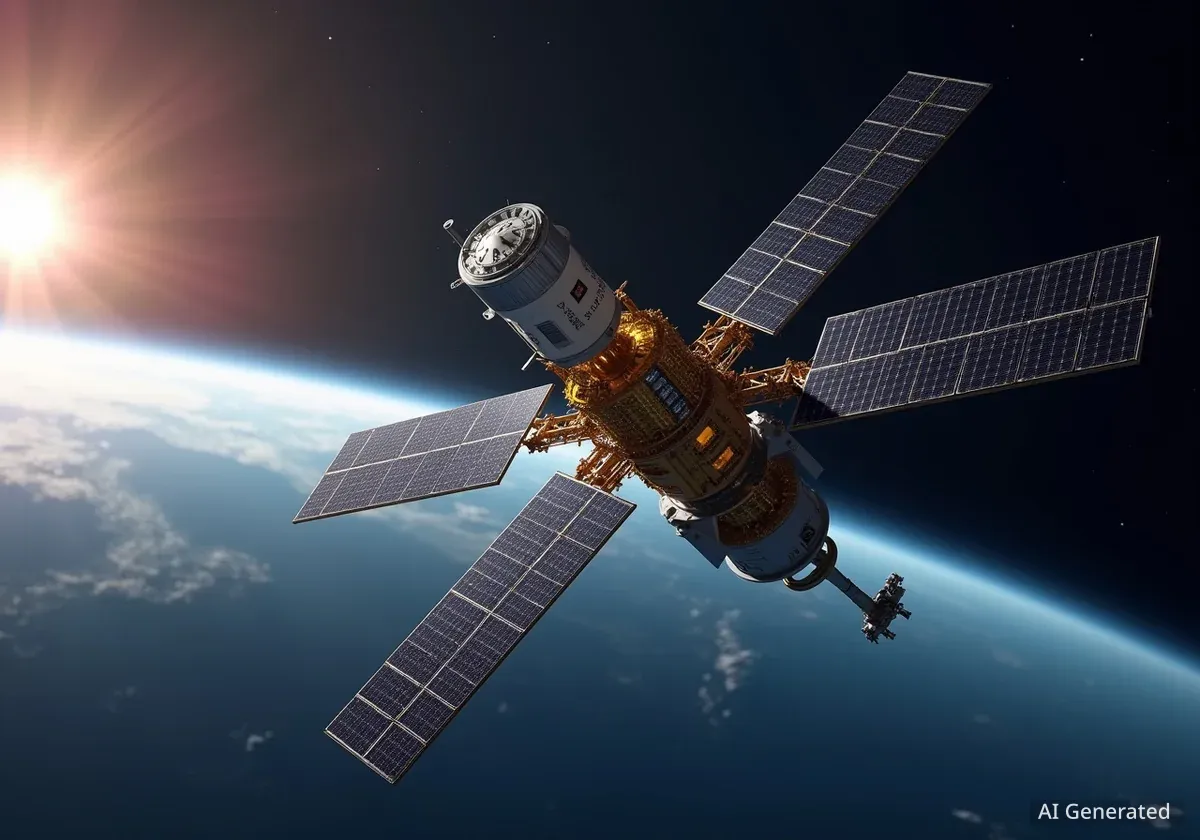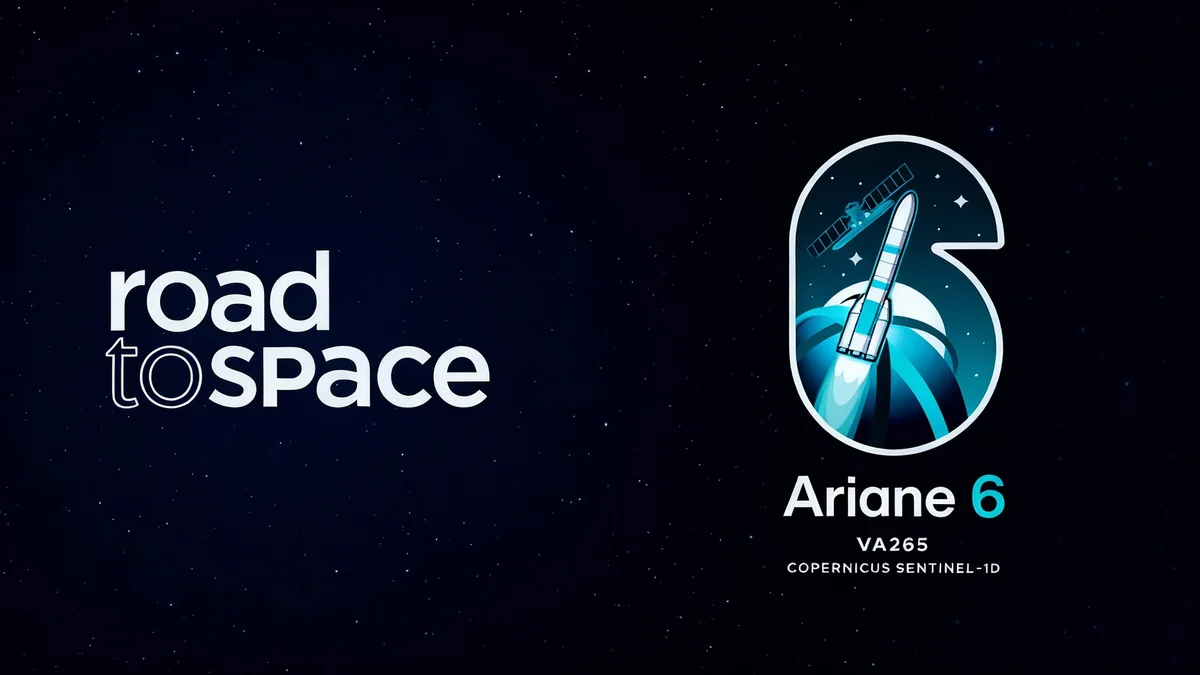NASA and SpaceX have successfully adjusted the orbit of the International Space Station (ISS) using a Dragon cargo spacecraft. The successful maneuver followed an earlier attempt that was manually aborted due to a technical issue.
The Draco thrusters on the Dragon vehicle fired for 15 minutes, raising the station's altitude. This operation is essential for positioning the ISS for upcoming crew rotations and maintaining its orbital path.
Key Takeaways
- A SpaceX Dragon freighter successfully completed a 15-minute engine burn to raise the ISS orbit.
- An initial attempt was stopped after less than four minutes when fuel tanks failed to switch as planned.
- The orbital adjustment prepares the station for a Soyuz crew launch scheduled for November 2025.
- This capability reduces U.S. reliance on Russia for station-keeping but does not eliminate the deep integration of the U.S. and Russian segments.
A Successful Second Attempt
Mission controllers confirmed the successful completion of the ISS reboost. The maneuver relied on the Draco thrusters located in the trunk section of the uncrewed Dragon freighter currently docked at the station.
This success came after a scheduled 19-minute, 22-second burn was halted less than four minutes into the procedure. According to NASA, operators manually aborted the first attempt because the Draco thruster fuel tanks did not swap over as expected during the burn.
The subsequent 15-minute firing proceeded without any issues, demonstrating the system's capability after troubleshooting. "This time all went well," NASA stated in a brief update following the operation.
Reboost by the Numbers
- Successful Burn Duration: 15 minutes
- Initial Attempt Duration: Under 4 minutes
- Vehicle Used: SpaceX Dragon Freighter
- Thrusters: Draco thrusters located in the Dragon's trunk
Paving the Way for Crew Missions
The primary reason for this orbital adjustment is to correctly position the space station for future vehicle traffic. The reboost sets the stage for Soyuz crew exchange operations planned for later in 2025.
The next crewed mission to the station, Soyuz MS-28, is scheduled to launch from the Baikonur Cosmodrome on November 27, 2025. This mission will carry a new crew to the orbiting laboratory, including one NASA astronaut making his first journey to space.
First Flight for NASA Astronaut
The Soyuz MS-28 mission holds particular significance for NASA astronaut Christopher Williams, who will be making his inaugural spaceflight. The crew is expected to live and work aboard the ISS until the middle of 2026, conducting scientific research and station maintenance.
Strategic Importance and Continued Interdependence
The ability for U.S. commercial vehicles like the SpaceX Dragon to perform reboosts is a critical capability for NASA. It reduces the United States' long-standing dependence on Russian Progress cargo ships and the Zvezda service module's engines to maintain the station's altitude.
However, this new capability does not mean the U.S. and Russian segments can operate independently. The two parts of the station remain deeply interconnected and reliant on each other for core functions.
Why the Segments Are Inseparable
Despite recent technical issues like air leaks in the Russian segment, separating the two is not a practical option. The station's primary computers, which were supplied by the European Space Agency (ESA), are physically located in the Russian Zvezda module. Furthermore, the Russian segment is responsible for critical functions like attitude control, which keeps the station correctly oriented in space.
While the ISS has many other computers distributed throughout its modules, replacing the full functionality housed within the Russian segment would be a monumental and costly task. Experts suggest it would require far more than just the reboost capability offered by a Dragon spacecraft.
The Future of the International Space Station
As the ISS approaches its planned end of life, the debate over the value of such a significant engineering effort to separate the segments is largely academic. The station is currently scheduled for a controlled deorbit and reentry into Earth's atmosphere in 2030.
This final maneuver will also require a powerful vehicle. NASA has tasked SpaceX with developing a U.S. Deorbit Vehicle, which is expected to be ready by 2029 to safely guide the massive structure out of orbit.
The successful demonstration of the Dragon's reboost capability provides confidence in SpaceX's ability to handle complex propulsive maneuvers, a key requirement for the future deorbit vehicle.
With several years remaining before the ISS is decommissioned, the successful engine firings in September provide valuable data. Any technical issues that emerged during the initial aborted attempt can be addressed and refined, strengthening the reliability of systems crucial for the station's final years.





